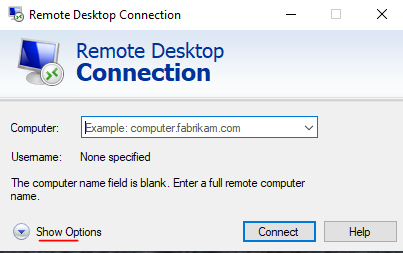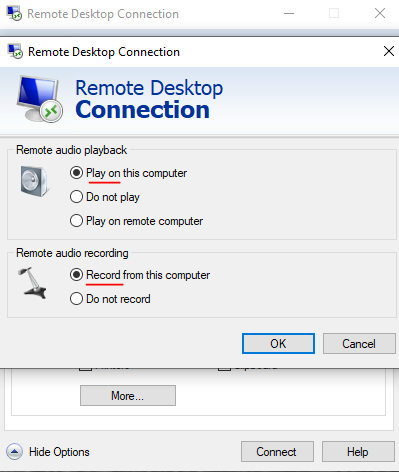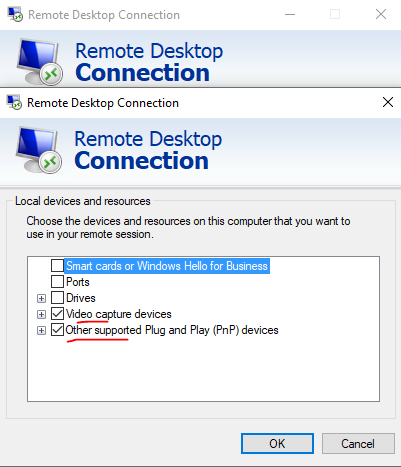Enabling Remote Desktop Services
To enable Remote Desktop Services to permit the connection of a microphone and/or camera carry out the following steps:
In the Start menu search for “Services”
In the Services window, scroll down to the Windows Update service. Right-click on this and go to “Properties”.
Change the “Startup Type” to “Automatic (Delayed Start)” and then click OK.
Important: Restart the operating system and then log back in.
In the Start menu search for “Server Manager”
Once loaded, at the top right click Manage -> Add Roles and Features
Click Next until you get to the “Server Roles” section
Within the “Roles” section scroll down to “Remote Desktop Services and tick both of the following options:
a) Remote Desktop Connection Broker
b) Remote Desktop Session Host
If you are prompted to add any additional features click “Add Features” when prompted
- Click “Install” and follow the steps to complete the installation
- Once the installation is complete you should then restart the operating system and then log back in.
Passing your camera/microphone to your remote desktop
To pass your camera/microphone through to the remote desktop, before connecting you MUST configure your Remote Desktop Connection client on your local desktop to pass these devices through to the Remote Desktop. If this is not done you will still not be able to use these devices. Please note this guide is for Windows users only, not macOS or iOS:
- On your local desktop, open your Remote Desktop Connection client and click the “Show Options” button

- Click the “Local Resources” tab and then click “Settings” under the “Remote audio” button

- If you want to passs through your microphone click “Record from this computer” under the “Remote audio recording” header (if you also want to hear the audio on your local desktop click “Play on this computer” under the “Remote audio playback” header). Click “OK”.

- Under “Local devices and resources” click the “More…” button and select your camera device and any other devices you would like to make available to your remote desktop. Generally it’s a good idea to also tick “Other supported Plug and Play (PnP) devices.

- You can then connect to your remote desktop as you would usually do so.
Installing and Testing Virtual Webcam Application on the VPS:
- Download and install a virtual webcam app (e.g., ManyCam) on the VPS.
- Launch the app, test the webcam functionality, ensuring proper recognition and interaction within the VPS environment.
Follow these steps to set up Remote Desktop Services, configure webcam settings, and test webcam functionality using a virtual webcam application in your VPS environment.

